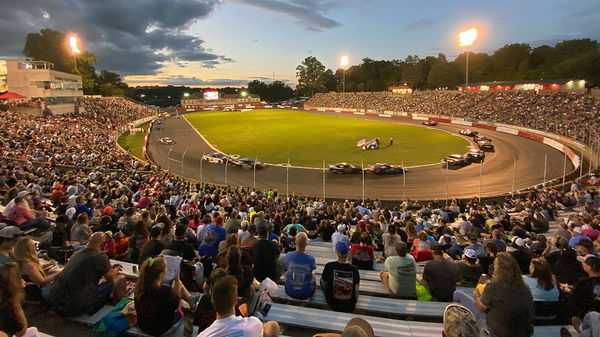

When NASCAR decided to move the Clash—the season opener—from the flashy Los Angeles Memorial Coliseum to the gritty, no-frills Bowman Gray Stadium, plenty of folks scratched their heads. The Coliseum had been NASCAR’s playground for attracting a younger, more diverse crowd. Bowman Gray, on the other hand? It’s a place where tempers flare, bumpers bang, and the crowd is as much a part of the show as the cars. It’s old-school, unpolished, and, well, a little bit mad.
But was it too niche? Too hardcore for casual fans? Would the gamble pay off? After last night’s race, the answer is a resounding yes. The Clash at Bowman Gray wasn’t just a success—it was a full-blown spectacle that reminded everyone why NASCAR’s roots run so deep.
ADVERTISEMENT
Article continues below this ad
The hype, the crowd, and 17,000 middle fingers
Let’s start with the numbers because they’re jaw-dropping. NASCAR revealed that 60% of the 17,000 tickets sold (a sell-out crowd by the way) for the Clash came from outside the North Carolina Triad area. Fans traveled from 44 states, five countries, and three continents to witness the madness at Bowman Gray. That’s right—people flew in from across the globe to experience the raw, unfiltered chaos of short-track racing.
NASCAR said 60 percent of tickets sold for this weekend came from outside The North Carolina Triad — 44 states, five countries and three continents.
— Matt Weaver (@MattWeaverRA) February 3, 2025
The hype leading up to the event was off the charts. NASCAR and its media partners, including us at EssentiallySports, went all out to promote the Clash. Social media was flooded with nostalgic clips of Bowman Gray’s history, driver interviews, and behind-the-scenes content. The message was clear: this wasn’t just another race; it was a celebration of NASCAR’s roots.
And the fans showed up in full force, bringing the kind of energy that only Bowman Gray can inspire. Noah Gragson, who had a wild night himself, summed it up perfectly: “I’ve never seen so many middle fingers and people pumped up in the stands. This place is wild.”
Gragson’s experience was a microcosm of what made the event so special. After spinning early in his Saturday night heat race, he fought back with a daring three-wide move to pass six cars and secure a spot in the main event. “I had a lot of fun out there. I spun, it got rough, but I made it three wide on the top and passed about six of them. That was badass,” he said.
What’s your perspective on:
Did Bowman Gray's raw energy outshine the flashy Coliseum, or should NASCAR stick to modern venues?
Have an interesting take?
The crowd’s reaction was pure unadulterated Bowman Gray. Middle fingers, cheers, and an atmosphere that felt more like a rock concert than a race. It was exactly what NASCAR hoped for—a reminder of the sport’s gritty, unpolished charm.
Trending
The Race: Elliott dominates, Hamlin grumbles, and the Madhouse delivers
Now, let’s talk about the race itself. Chase Elliott, starting from pole, put on a masterclass in short-track racing. The Hendrick Motorsports driver led 172 of the 200 laps, holding off a hard-charging Denny Hamlin in the final stages to take the checkered flag.
ADVERTISEMENT
Article continues below this ad
Elliott’s victory was a testament to his skill and the advantage of starting up front at a track where passing is notoriously difficult. “Ya’ll deserved it,” Elliott said in his post-race interview. “I hope it was a good show for you. This environment is special. This is a place that has a deep history in NASCAR, and I think they deserve this event. Truthfully. I hope we didn’t disappoint—it was fun for me, at least.”
But not everyone was thrilled. Hamlin, who finished third behind Ryan Blaney, had been vocal about his preference for the Clash to stay at Daytona. “I liked the Clash at Daytona,” he had said before the race. “It was a good warmup for the 500.” His comments were indicative of a divide among drivers: some, like Elliott, embraced the return to NASCAR’s roots, while others, like Hamlin, longed for the familiarity of Daytona.
The race itself was a mix of chaos and strategy. While the heat races and last-chance qualifier were filled with drama—spins, retaliations, and tempers flaring—the main event was relatively tame by Bowman Gray standards. Elliott’s dominance meant there were fewer overtakes, but the tension was palpable every time Hamlin or Blaney closed in.
ADVERTISEMENT
Article continues below this ad
In the end, Elliott’s victory was a fitting tribute to Bowman Gray’s history. He became the first Cup Series driver to win at the track since Bobby Allison in 1971 and was awarded the Bobby Allison Memorial Trophy. “I appreciate ya’ll making that moment special for me and my team,” Elliott said. “This is awesome! I know it’s not a points race, but it’s nice to win for sure. Just really proud of our team.”
The success of this year’s Clash has already sparked conversations about the future. Could Bowman Gray become a permanent fixture on the NASCAR calendar? It’s too early to say, but one thing is clear: the gamble paid off. So, what do you think? Was the Clash at Bowman Gray a home run, or should NASCAR stick to more modern venues? One thing’s for sure: the Madhouse lived up to its name, and we can’t wait to see what’s next.
ADVERTISEMENT
ADVERTISEMENT
ADVERTISEMENT
ADVERTISEMENT


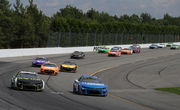
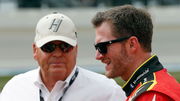

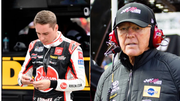
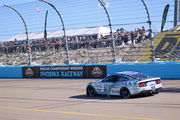
Did Bowman Gray's raw energy outshine the flashy Coliseum, or should NASCAR stick to modern venues?